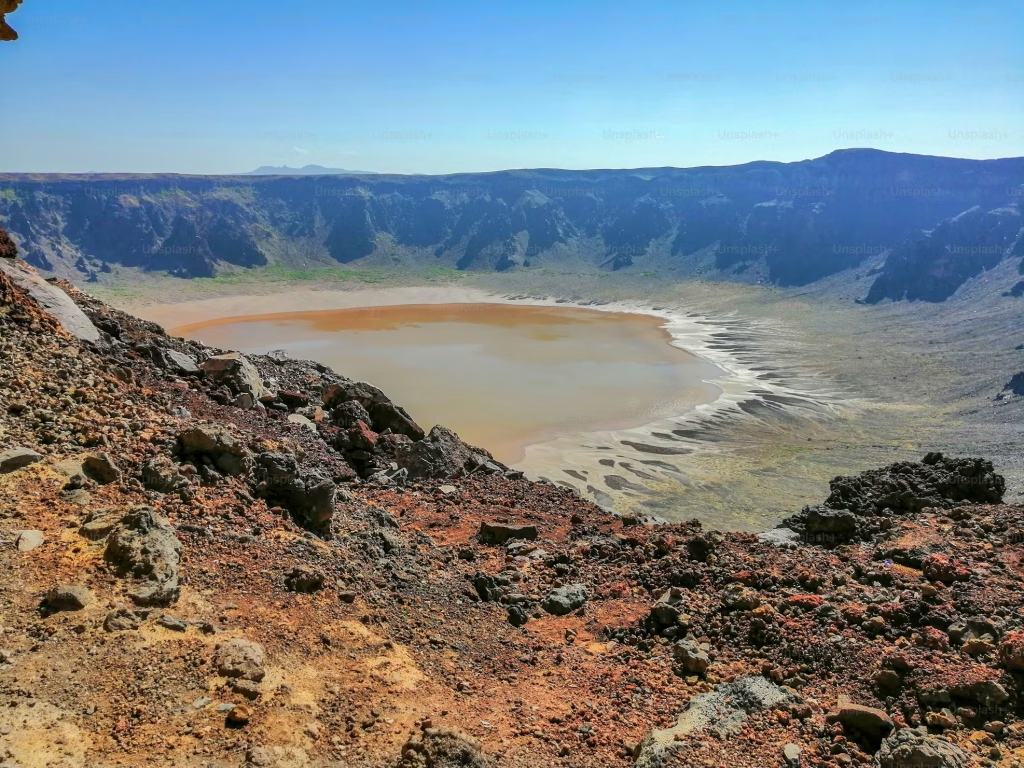Ngorongoro Crater, often called the “Eighth Wonder of the World,” is one of Tanzania’s most breathtaking safari destinations. Located in the Ngorongoro Conservation Area, this UNESCO World Heritage Site is home to diverse wildlife, including the Big Five, set against a stunning volcanic caldera backdrop. While the Crater is a year-round destination, choosing the best time to visit Ngorongoro crater depends on your safari goals, whether it’s spotting wildlife, avoiding crowds, or experiencing pleasant weather.
Understanding Ngorongoro’s Seasons
Ngorongoro Crater experiences two main seasons: the dry season (June to October) and the wet season (November to May). Each season offers unique experiences for visitors.
Dry Season (June to October) – Best for Wildlife Viewing
The dry season is widely regarded as the best time to visit Ngorongoro Crater. During this period, the vegetation is sparse, and animals gather around permanent water sources, making wildlife viewing exceptional.

Why Visit During the Dry Season?
- Excellent Wildlife Sightings: With fewer water sources available, animals congregate in open areas, making them easier to spot. This is the best time to see lions, elephants, rhinos, and large herds of wildebeest and zebras.
- Minimal Rainfall: The weather is generally dry, reducing the chances of a safari being disrupted by rain.
- Fewer Mosquitoes: With lower humidity and less standing water, there are fewer mosquitoes, reducing the risk of malaria.
- Clear Views: The skies are mostly clear, providing excellent opportunities for photography.
Things to Consider:
- This is the peak tourist season, so expect more crowds, particularly around key wildlife hotspots.
- Accommodation rates are higher due to increased demand.
- The crater floor can get dusty, but this doesn’t significantly impact the safari experience.
Wet Season (November to May) – Best for Scenery and Fewer Crowds
The wet season is divided into the short rains (November to December) and the long rains (March to May). While some travelers avoid this period, it has its own advantages, particularly for those looking for a quieter, more scenic experience.
Why Visit During the Wet Season?
- Lush Green Landscapes: The crater turns into a vibrant green paradise, making it one of the most picturesque times to visit.
- Fewer Tourists: Since it’s the low season, you’ll experience a more private and peaceful safari.
- Great Birdwatching: Migratory birds arrive, making it an excellent time for bird enthusiasts.
- Calving Season (January to March): Wildebeest, zebras, and other herbivores give birth, attracting predators and offering dramatic wildlife action.
Things to Consider:
- The long rains (March to May) can make some roads muddy and challenging to navigate.
- While wildlife is still abundant, the denser vegetation may make spotting animals a bit more challenging.
- Afternoon showers are common, but they are usually brief and do not ruin the safari experience.
Month-by-Month Breakdown
- January – February: Best for witnessing the calving season, with plenty of predator action.
- March – May: Heavy rains can make roads muddy, but this is the least crowded period. Great for budget travelers.
- June – October: Peak wildlife viewing season with dry conditions and excellent visibility. Best for first-time safari-goers.
- November – December: Short rains bring fresh greenery, fewer crowds, and great birdwatching.
Special Safari Experiences in Ngorongoro
No matter when you visit, Ngorongoro Crater offers unique safari experiences:
- Early Morning Game Drives: Early starts offer the best chance of spotting active predators and enjoying the sunrise over the crater.
- Picnic at the Hippo Pool: Enjoy a scenic lunch while watching hippos basking in the water.
- Cultural Visits: Visit a Maasai village to learn about the local culture and traditions.
Conclusion
The best time to visit Ngorongoro Crater depends on what you want from your safari experience. If your priority is excellent wildlife viewing with minimal rain, June to October is ideal. However, if you prefer fewer crowds, stunning green landscapes, and the chance to witness newborn animals, the wet season from November to May is a fantastic alternative. Either way, a trip to Ngorongoro Crater promises an unforgettable adventure filled with breathtaking scenery and incredible wildlife encounters.

Add your first comment to this post